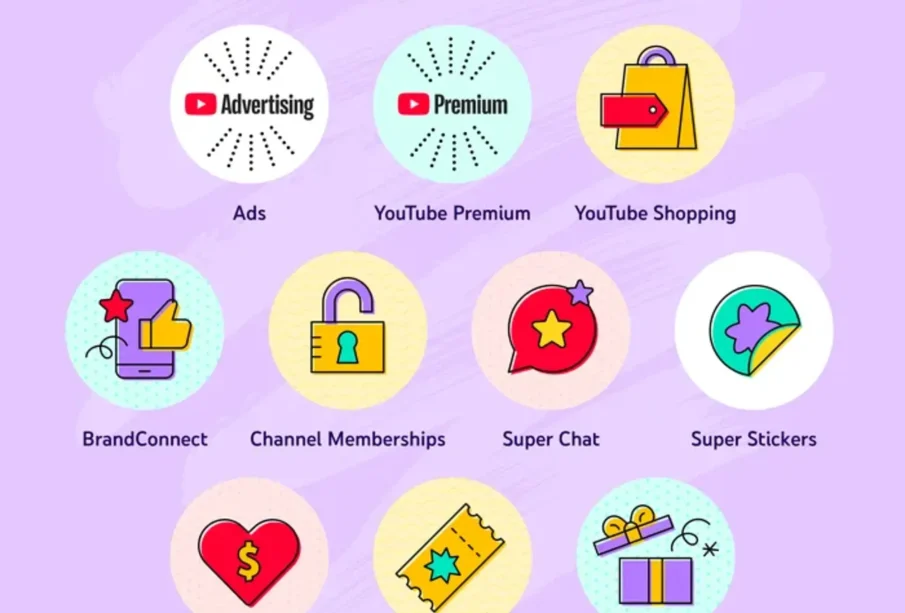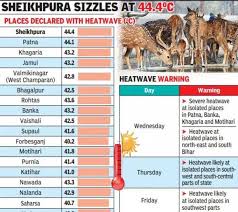Latest YouTube Monetization Update for 2023

Importance of YouTube Monetization
YouTube has transformed the landscape of content creation, providing a platform for millions of creators to share their work and earn income. Monetization policies directly affect creators’ ability to generate revenue, making it crucial to stay informed about updates that could significantly impact their earnings.
Recent Changes in 2023
In early 2023, YouTube announced a series of updates to its monetization policies aimed at improving the creator experience and enhancing the quality of content on the platform. One of the primary changes was the adjustment of the eligibility criteria for the YouTube Partner Program (YPP). Previously, creators needed to have at least 1,000 subscribers and 4,000 watch hours in the past 12 months to qualify. As of January 2023, the threshold remains the same, but new pathways for monetization have been introduced, allowing creators with fewer subscribers to monetize their content through additional revenue streams like Super Thanks, channel memberships, and Merch shelf integration.
Another significant update was the enhanced algorithm that determines ad placements. YouTube is now investing in better AI tools to analyze content before ad allocation, ensuring that ads are more contextually relevant. This helps brands target their ads more effectively and increases earnings for creators by improving viewer engagement.
Impact on Creators
These updates are poised to have notable implications for both new and established creators. Smaller channels now have more opportunities to start generating revenue even if they haven’t yet met the traditional thresholds for ad revenue. Additionally, creators are encouraged to produce higher-quality content, as the enhanced algorithm rewards videos with good engagement metrics, thereby increasing the potential earnings from ads.
Conclusion and Future Considerations
The recent updates to YouTube’s monetization policies highlight the platform’s commitment to fostering a diverse and lucrative creator economy. As more creators adapt to these changes, we can expect a broader range of content and revenue models to emerge. For viewers, these updates mean access to even more varied content as creators explore new monetization opportunities. As the landscape evolves, both creators and viewers should stay updated on potential future changes that could significantly shape the platform’s monetization environment.









